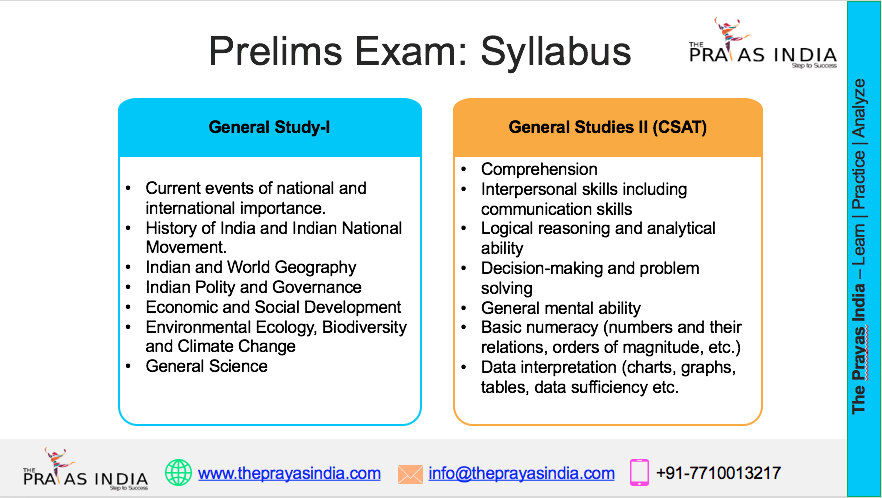India Aims Fivefold Boom in Space Economy by 2033
Introduction
India’s space sector is witnessing exponential growth with a bold aim to multiply its space economy by five times by 2033. Current estimates place India’s space economy value at $8.4 billion in 2022, which is expected to reach an impressive $44 billion within the next decade. This ambitious goal reflects India’s rising capabilities in space technology, innovation, and its increasing footprint in the global space market.
Key Drivers of Growth
1. Progressive Government Policies
The Indian Space Policy 2023 promotes a competitive and collaborative ecosystem by encouraging active private sector participation. The Indian National Space Promotion and Authorization Centre (IN-SPACe) facilitates private satellite launches, space research, and manufacturing, effectively transforming India’s space sector from being government-dominated to innovation-led.
2. Expanding Satellite Communication
Satellite communication emerges as a major revenue source, projected to contribute over $14.8 billion by 2033. Growing satellite constellations in Low Earth Orbit (LEO) and Medium Earth Orbit (MEO) will expand broadband access, especially to rural areas, supporting flagship programmes like Digital India and BharatNet with enhanced connectivity.
3. Rising Private Sector Participation
India’s burgeoning space startup ecosystem, consisting of more than 400 companies, is a key pillar of this growth. Policy reforms easing Foreign Direct Investment (FDI) and fostering innovation enable these startups to develop cutting-edge space technologies, launch vehicles, and related services.
4. Increasing Space Exports
Space exports by India are forecasted to reach $11 billion by 2033, driven by international demand for satellite-based services, hardware, and applications. Strategic global collaborations support Indian enterprises in tapping into worldwide markets.
Role of ISRO and Related Agencies
The Indian Space Research Organisation (ISRO) continues to innovate with cost-effective launches and ambitious missions like Chandrayaan and Mars Orbiter. Commercial wings like NewSpace India Limited (NSIL) support commercialization efforts, while IN-SPACe governs private sector engagement, ensuring a balanced public-private partnership that propels India’s space economy forward.
Economic and Social Impacts
- Rural Connectivity: Improved satellite networks will bridge the digital divide, enabling remote education, telemedicine, and financial services.
- Job Creation: The expanding space sector is expected to generate thousands of skilled jobs across research, manufacturing, and operational domains.
- Technological Advancement: Homegrown innovation will fuel advancements not only in space science but also in sectors like agriculture, disaster management, and national security.
Challenges and Future Outlook
While India’s government space budget is modest relative to major space powers, its innovative ecosystem and private sector dynamism pave the way for significant progress. Continued policy support, investment in R&D, and international cooperation will be vital to achieving the $44 billion target and claiming approximately 8% of the global space economy by 2033.
Conclusion
India’s vision for a fivefold growth in its space economy by 2033 is a transformative goal that goes beyond numbers. It encapsulates a new era of strategic innovation, inclusive growth, and global collaboration that will position India as a dominant force in the global space marketplace and advance economic and technological prosperity at home.




![Prayas-तेजस [UPSC CSE Sociology Optional] – Online & Offline](https://theprayasindia.com/wp-content/uploads/2025/09/Prayas-तेजस-UPSC-CSE-Optional-Subject-The-Prayas-India-300x300.png)
![Prayas-सूत्र [UPSC CSE Materials (Hardcopy)]](https://theprayasindia.com/wp-content/uploads/2025/09/Prayas-सूत्र-UPSC-CSE-Study-Materials-Hardcopy-The-Prayas-India-300x300.png)
![Prayas-मंत्रा [UPSC CSE CSAT]](https://theprayasindia.com/wp-content/uploads/2025/09/Prayas-मंत्रा-UPSC-CSE-CSAT-The-Prayas-India-300x300.png)
![Prayas सारथी [UPSC CSE One on One Mentorship]](https://theprayasindia.com/wp-content/uploads/2025/09/Prayas-सारथी-UPSC-CSE-One-on-One-Mentorship-The-Prayas-India-300x300.png)










